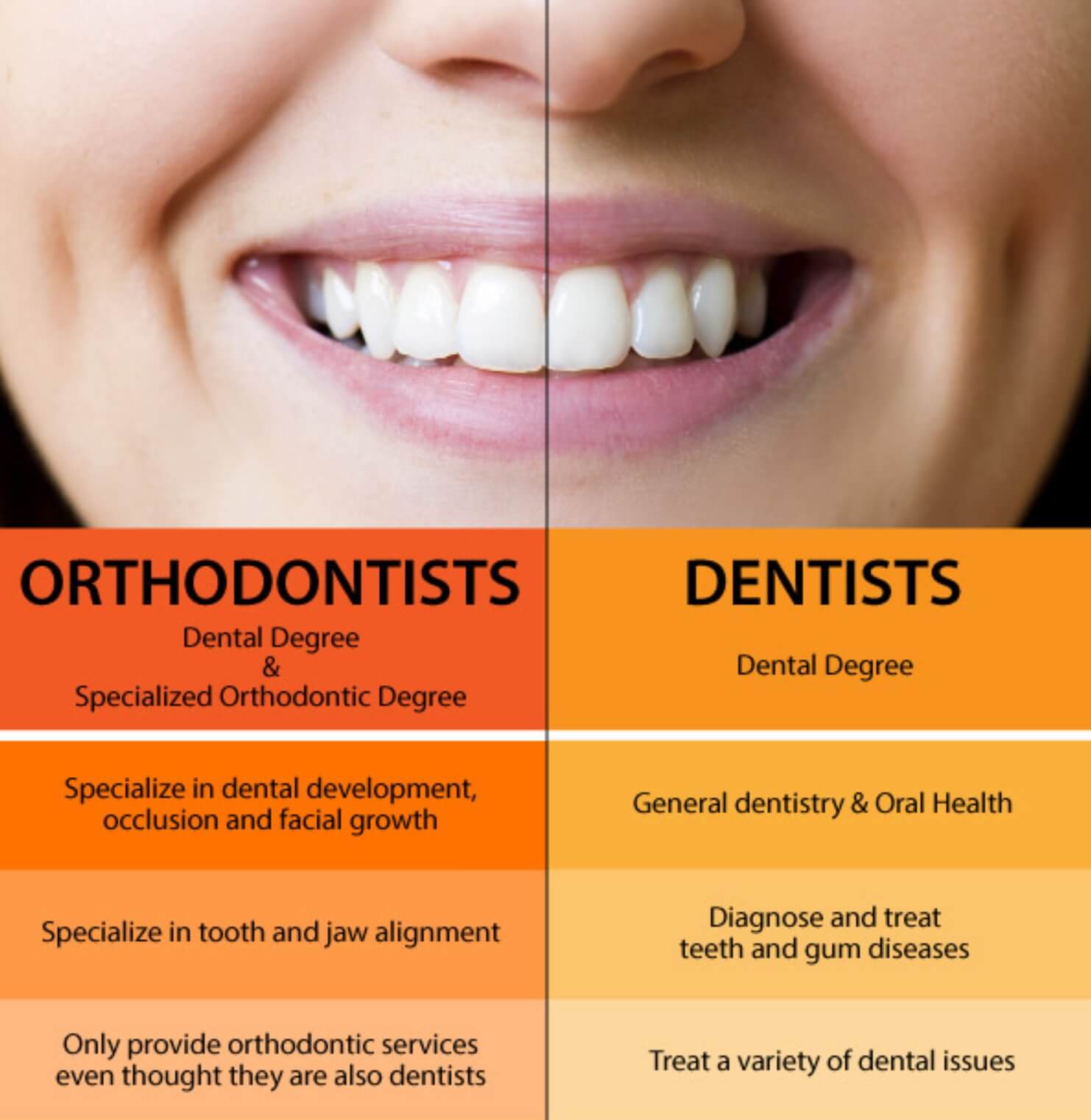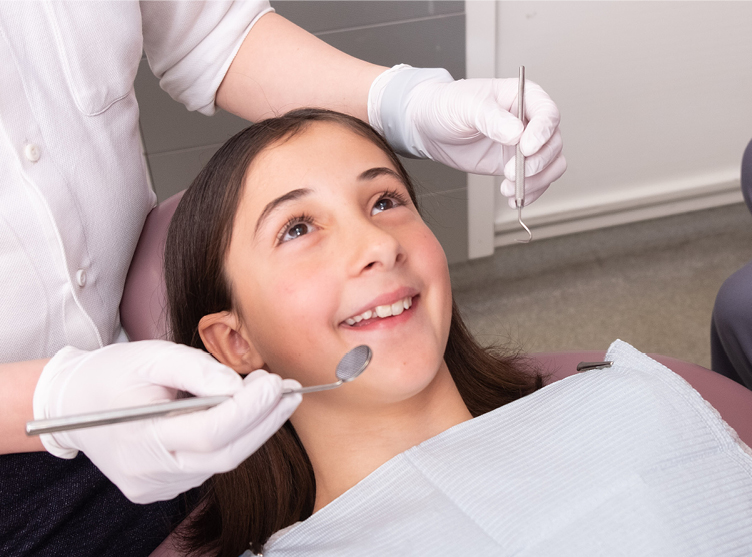A Biased View of Legacy Orthodontics
A Biased View of Legacy Orthodontics
Blog Article
The Basic Principles Of Legacy Orthodontics
Table of ContentsOur Legacy Orthodontics PDFsThe Ultimate Guide To Legacy OrthodonticsSome Known Factual Statements About Legacy Orthodontics Things about Legacy OrthodonticsNot known Incorrect Statements About Legacy Orthodontics
In enhancement, we supply flexible therapy schedules, versatile repayment choices and a fun, delightful experience.An orthodontist is a dental professional educated to identify, avoid, and treat teeth and jaw abnormalities. Orthodontists function with individuals of all ages, from youngsters to grownups.
Malocclusion, or misaligned teeth, can lead to dental concerns, including tooth decay, gum illness, and tough or unpleasant chewing. Not everyone is born with straight teeth. If you have a bad bite or large areas between your teeth, you may want to seek advice from a dentist concentrating on orthodontic treatment.
The Buzz on Legacy Orthodontics
( Image Credit Score: DigitalVision/Getty Images) Orthodontists use dealt with and detachable dental devices, like braces, retainers, and bands, to change the setting of teeth in your mouth. Orthodontic treatment is for dental irregularities, including: Misaligned teethBite issues, like an overbite or an underbiteCrowded teeth or teeth that are also much apartJaw misalignmentThe goal of orthodontic treatment is to enhance your bite.
A healthy bite ensures you can eat, eat, and talk correctly. While you may consider orthodontists as primarily for children or young adults who require dental braces, they can fix dental issues at any kind of age. Orthodontists participate in university, oral school, and orthodontic college. After college graduation, they spend 2 or 3 years in an orthodontic residency program.
All orthodontists are dentists, but not all dental professionals are orthodontists. Orthodontic residency programs provide extensive, focused guideline for oral specialists. They concentrate on two locations: Just how to properly and safely relocate teeth How to effectively assist growth in the teeth, jaw, and faceOnce an orthodontist has actually finished training, they have the choice to come to be board licensed.
The smart Trick of Legacy Orthodontics That Nobody is Talking About
Misalignment, or malocclusion, is the most usual factor people see an orthodontist. It is hereditary and is the result of size differences between the top and reduced jaw or in between the jaw and teeth. Malocclusion leads to tooth congestion, an askew jaw, or irregular bite patterns. Malocclusion is usually treated with: Your orthodontist attaches metal, ceramic, or plastic square bonds to your teeth.
Some individuals require a headwear to assist move teeth right into line with stress from outside the mouth. A retainer is a custom-made tool that maintains your teeth in location.
They're frequently used on children. They can produce added room in the mouth without needing to pull teeth. If you have a severe underbite or overbite, you could require orthognathic surgical treatment (also called orthodontic surgical treatment) to lengthen or reduce your jaw. Orthodontists use cables, medical screws, or plates to support your jaw bone.
You may need to see an orthodontist if you have: Crowding or not adequate room for every one of your teethOverbite, when your top teeth come by your bottom teethUnderbite, when your bottom teeth are as well far forwardSpacing or concerns with gapsCrossbite, which is when your upper teeth fit behind your base teeth when your mouth is closedOpen bite or a vertical gap in between your front bottom and top teethMisplaced midline, when the center of your base and upper teeth don't align Dealing with a dental malocclusion can: Make biting, chewing, and talking easierImprove the symmetry of our face and your total appearanceEase discomfort from temporomandibular joint conditionsSeparate your teeth and make them easier to cleanse, helping protect against dental cavity or cavities It's usually a dental professional who initially notices misaligned teeth throughout a routine exam.
Indicators on Legacy Orthodontics You Need To Know

Throughout your very first orthodontic consultation, you'll likely have: An oral examPhotos taken of your face and smileDental X-raysPanoramic (360 level) X-rays of your face and headImpressions to produce mold and mildews of your teethThese examinations will aid your orthodontist recognize exactly how to wage your treatment. orthodontics. An orthodontist is a dentist who's had training to treat your teeth and jaw
An orthodontist is focused on your bite, so something like a broken tooth would be managed by a dental expert. Orthodontists are focused on your bite, or the means your teeth fit together, and the straightness of your teeth.
Ever before asked yourself just how celebrities always seem to have perfectly aligned teeth? Orthodontists are oral experts who concentrate on correcting irregularities in the teeth and jaws.
The smart Trick of Legacy Orthodontics That Nobody is Discussing

While dental braces my sources are the most commonly recognized orthodontic therapy, orthodontists have a diverse toolkit at their disposal. The certain technique selected depends upon the intensity of the case, the person's age, and private preferences. These reliable dental braces utilize a system of braces bound to the teeth and linked by cables.
These detachable trays are custom-made to considerably shift the teeth's setting. In cases of narrow jaws, palatal expanders can be utilized to produce area for proper tooth alignment.
Report this page